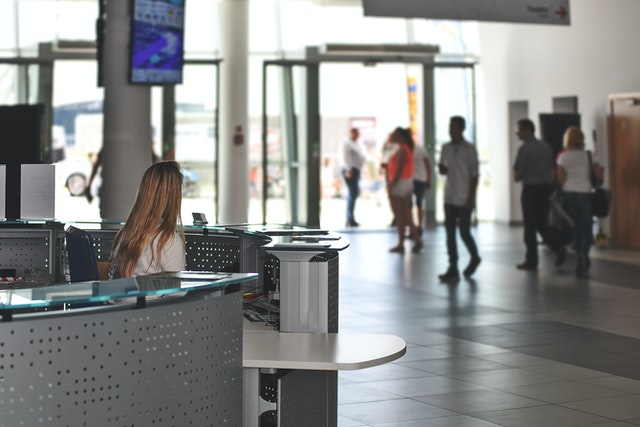Managing time is an essential part of workforce management. This comprehensive guide will walk you through the basics of time and attendance management, including the benefits and costs of using different systems. It also discusses the various options for biometric and Cloud-based time and attendance management systems. To help you make the right decision, we’ve put together a list of questions to ask yourself. If you’re still confused about time and attendance management, consider reading our other articles.
Cloud-based
Regarding time and attendance management, cloud-based systems are the way to go. Their centralized data management capabilities and outstanding operational efficacy prove to be a precious asset for any company. If you’re considering switching to cloud-based time and attendance management, consider the following points. First of all, cloud-based systems can be highly customizable. Also, they’re location-independent, so your employees can access their data from anywhere.
Another advantage of cloud-based time and attendance systems is their security. Unlike conventional systems, they don’t lose data, which can cause costly and time-consuming data recovery processes. Cloud-based systems can also withstand natural disasters since the data is stored in the cloud and can be accessed anytime. Moreover, if you run a mobile-friendly company, cloud-based time and attendance systems can be easily downloaded to different devices.
On-premises
On-premises time and attendance management systems give businesses the control they need to ensure employee accountability. For example, they can keep track of employee hours and leave requests and prevent fraud by requiring employees to be present for work. The systems can also be connected to a company’s policies to improve reporting and compliance. In addition, employee scheduling is automated, giving managers greater control over employee hours and reducing the need to calculate different pay rates by hand.
One on-premises time and attendance management solution are TimeClick. This solution is best for traditional office environments. This software only requires a single-time licensing fee rather than being priced per employee or device. If your company has several offices and many employees, TimeClick could save you money. Whether your employees work in one office or several, TimeClick can help you track their time and help you drive productivity.
Biometric
A biometric time and attendance management system uses an employee’s fingerprint to record when they are at work. The system scans an employee’s finger to determine its coordinates, which are referenced against the records of each employee. In addition, employees may use a colleague’s ID card to clock in if they are late for work or absent. This way, biometric time and attendance systems ensure that employee absences are not recorded twice.
The system has a wide range of benefits for employers. It can help eliminate issues such as buddy punching and time theft, as employees are held accountable for their tasks. It also helps prevent employee misconduct by identifying employees who violate pre-defined limits. Furthermore, biometric time and attendance management systems reduce legal issues and promote accountability. As a result, employees are more productive and can focus on core business functions. Biometric time and attendance management is a highly effective way to reduce workplace misconduct and ensure the highest level of compliance.
Cost
Time and attendance software is surprisingly affordable, especially compared to the cost of using dated methods. Outdated systems are a prime cause of non-compliance and lost productivity. Basic time and attendance management systems can cost between $2 and $10 per month, with minimal IT requirements. In addition, because the cloud is a hosted solution, it requires little setup or maintenance. It can be deployed quickly – typically in three to 10 weeks.
Besides improving productivity and lowering labor costs, time and attendance software also helps legal compliance. Since time records must be maintained for at least two years in most states, employers must maintain accurate timesheets. Additionally, a time and attendance system helps employers optimize staffing levels – especially for service businesses – and ensure that employees are available when needed. With this in mind, time and attendance software are worth the investment.



